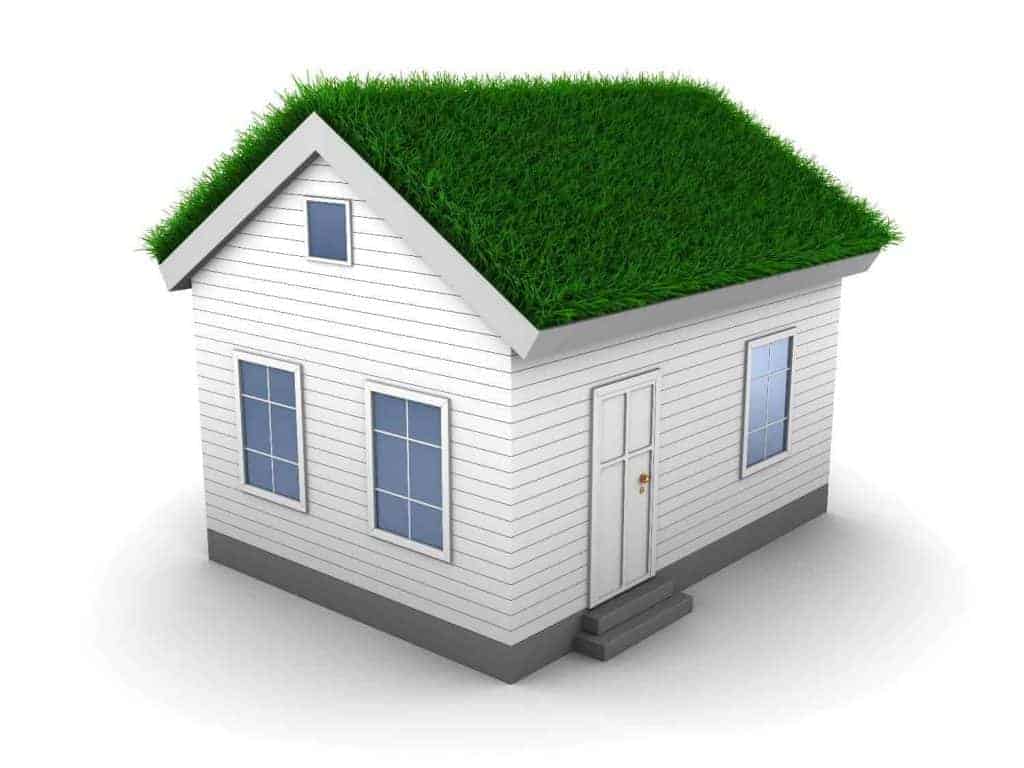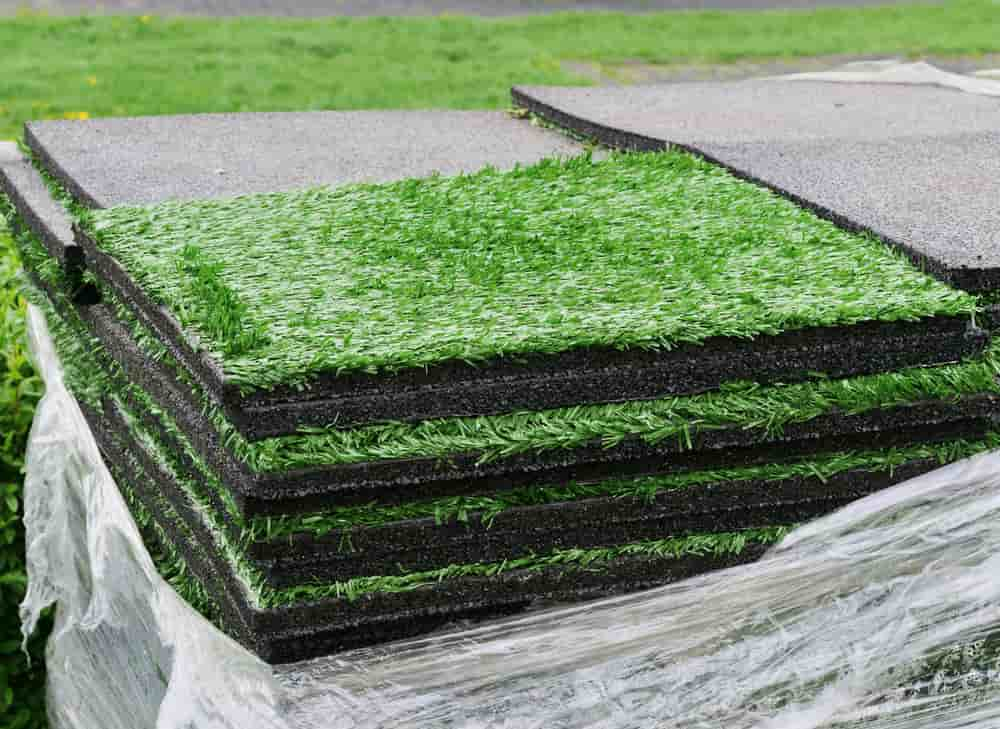4 min read
Last updated: November 5, 2024
Transform your rooftop space into a lush green oasis with artificial grass. While the idea of installing synthetic turf on a roof might seem challenging, with the right approach and materials, you can create a stunning rooftop garden that requires minimal maintenance. Before diving into your rooftop transformation project, let’s explore everything you need to know for a successful installation.
Initial Considerations and Planning
Before starting your rooftop artificial grass project, several crucial factors need consideration. While the basic principles of how to lay artificial grass remain similar, rooftop installations have unique requirements.

Weight Considerations
The most critical factor is weight loading. You’ll need to:
- Consult a structural engineer to assess your roof’s weight-bearing capacity
- Calculate the combined weight of all materials, including drainage layers
- Consider water retention weight during heavy rainfall
- Factor in additional weight from furniture or planters you plan to add
Drainage Requirements
Proper drainage is even more crucial for rooftop installations than ground-level applications. Similar to laying artificial grass onto decking, you’ll need to ensure water can flow freely through the system without causing pooling or damage.
Choosing the Right Artificial Grass
Selecting appropriate artificial grass for your roof requires careful consideration. Our guide on important factors to consider when choosing artificial grass provides detailed insights, but here are some roof-specific considerations:
- UV Resistance: Rooftop installations often face higher sun exposure
- Drainage Capabilities: Look for products with excellent permeability
- Pile Height: Consider wind exposure and intended use
- Durability: Choose products designed to withstand heavy foot traffic
You can explore our complete range of artificial grass options in our online shop to find the perfect match for your rooftop project.

Installation Process
Step 1: Preparation
- Clean the roof surface thoroughly
- Repair any damage to the existing waterproofing membrane
- Install a protective layer to prevent membrane damage
Step 2: Drainage Layer
- Install a specialised drainage mat or cell system
- Ensure proper overlap of drainage materials
- Secure edges appropriately
Step 3: Shock Pad Installation
- Lay shock-absorbing underlay
- Cut to fit around roof features
- Secure edges with appropriate adhesive
Step 4: Artificial Grass Installation
- Roll out the artificial grass
- Allow time for the grass to settle and expand/contract
- Trim edges precisely
- Secure using our professional-grade adhesive
Step 5: Finishing
- Add infill if required
- Brush the grass to achieve an upright position
- Clean the installation thoroughly
Cost Considerations
The cost of installing artificial grass on a roof varies depending on several factors. While our guide on artificial grass costs provides general pricing information, rooftop installations typically include additional costs:
- Structural assessment fees
- Specialised drainage systems
- Professional installation (highly recommended for rooftop projects)
- Additional protective layers
- Enhanced securing systems
Maintenance Tips
Maintaining rooftop artificial grass requires some specific considerations:
- Remove debris more frequently than ground-level installations
- Pay special attention to drainage patterns
- Check for wind-blown debris
- Regularly inspect drainage systems
- Clear any blocked drainage channels
- Monitor for water pooling
- Edge Inspection
- Check securing points regularly
- Monitor for any wind lift
- Inspect seams and joints
- General Care
- Brush the grass regularly
- Address any issues promptly
- Perform seasonal deep cleaning
Safety Considerations
Safety is paramount in rooftop installations:
- Access Safety
- Ensure safe access routes
- Install appropriate barriers
- Consider slip resistance in wet conditions
- Fire Safety
- Check local fire regulations
- Install appropriate fire breaks
- Maintain clear access to fire exits
- Structural Safety
- Regular structural inspections
- Monitor for any signs of stress
- Keep accurate records of maintenance
Conclusion
Installing artificial grass on a roof can dramatically transform your outdoor space, creating a beautiful and functional area that requires minimal maintenance. While the installation process requires careful planning and consideration of various factors, the result can provide years of enjoyment with proper care and maintenance.
Remember to prioritise safety and structural integrity throughout the process, and don’t hesitate to seek professional assistance for complex installations. With the right approach and materials, your rooftop artificial grass installation can become a stunning addition to your property that adds both value and enjoyment to your outdoor living space.
Contact our expert team for personalised advice on your rooftop artificial grass project, or visit our shop to explore our range of high-quality artificial grass products suitable for rooftop installation.
Related Category: Installation & Maintenance
